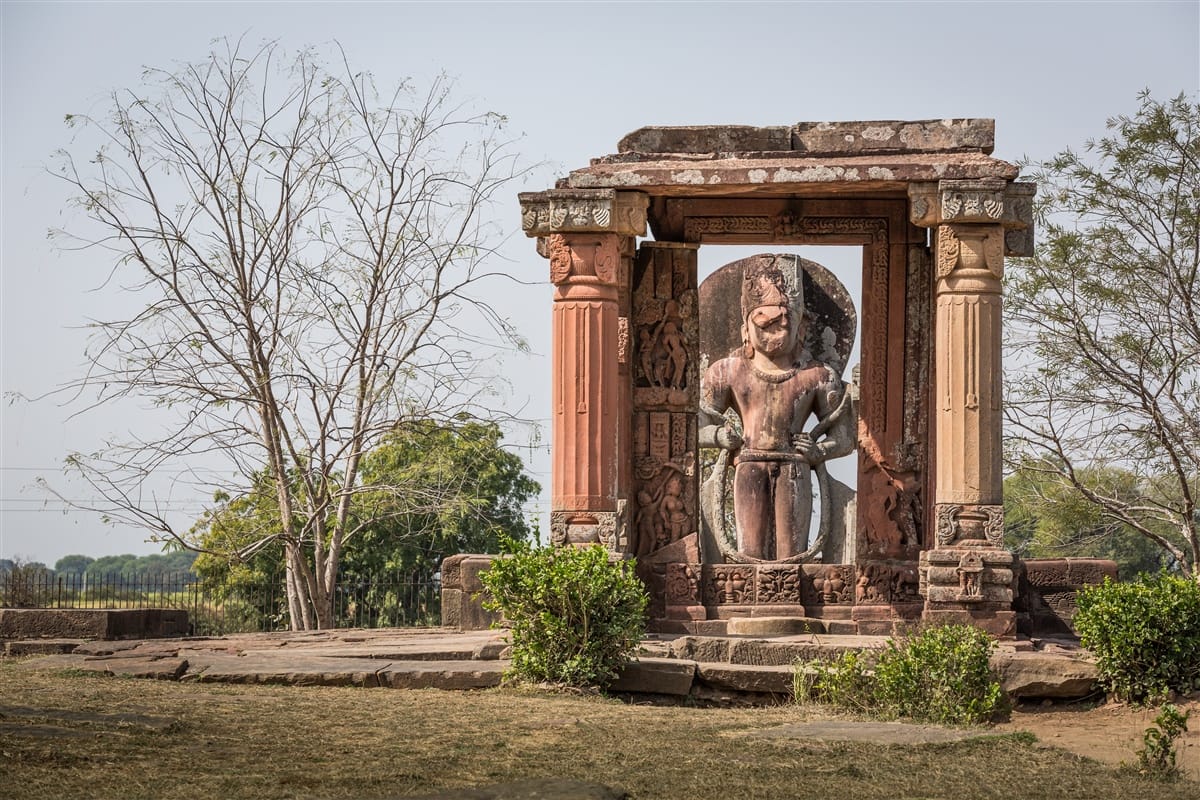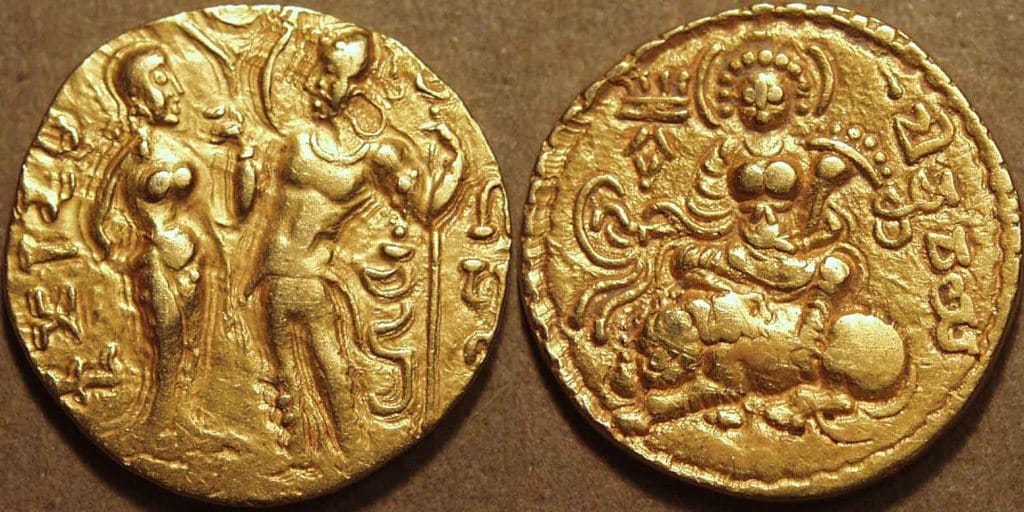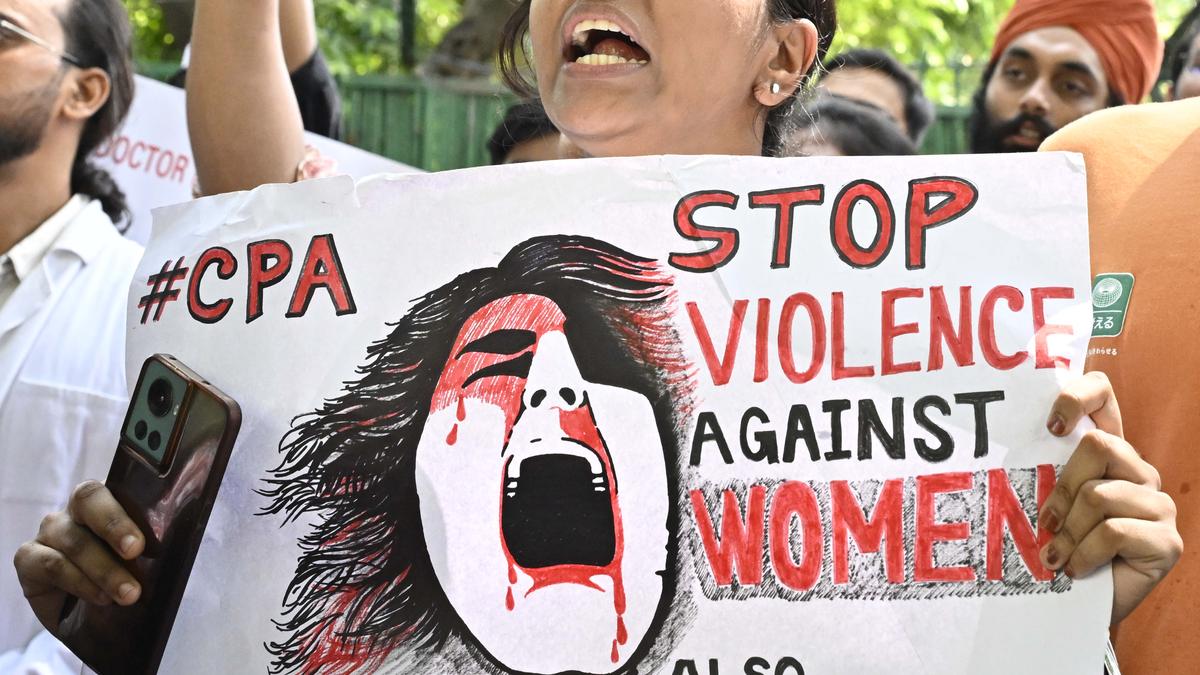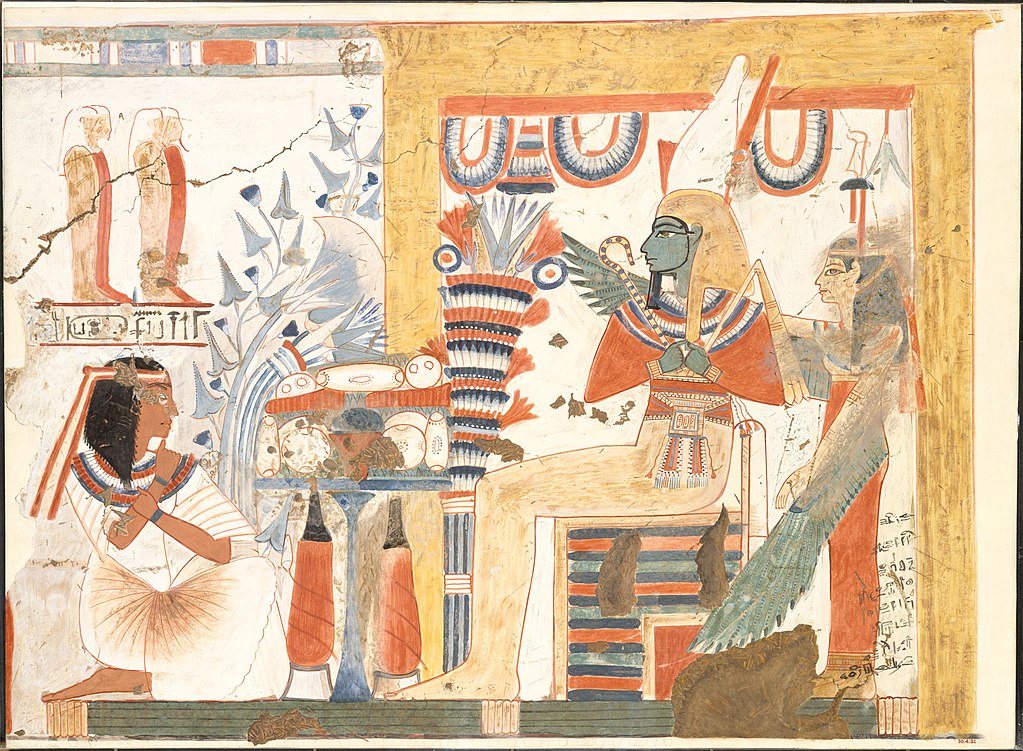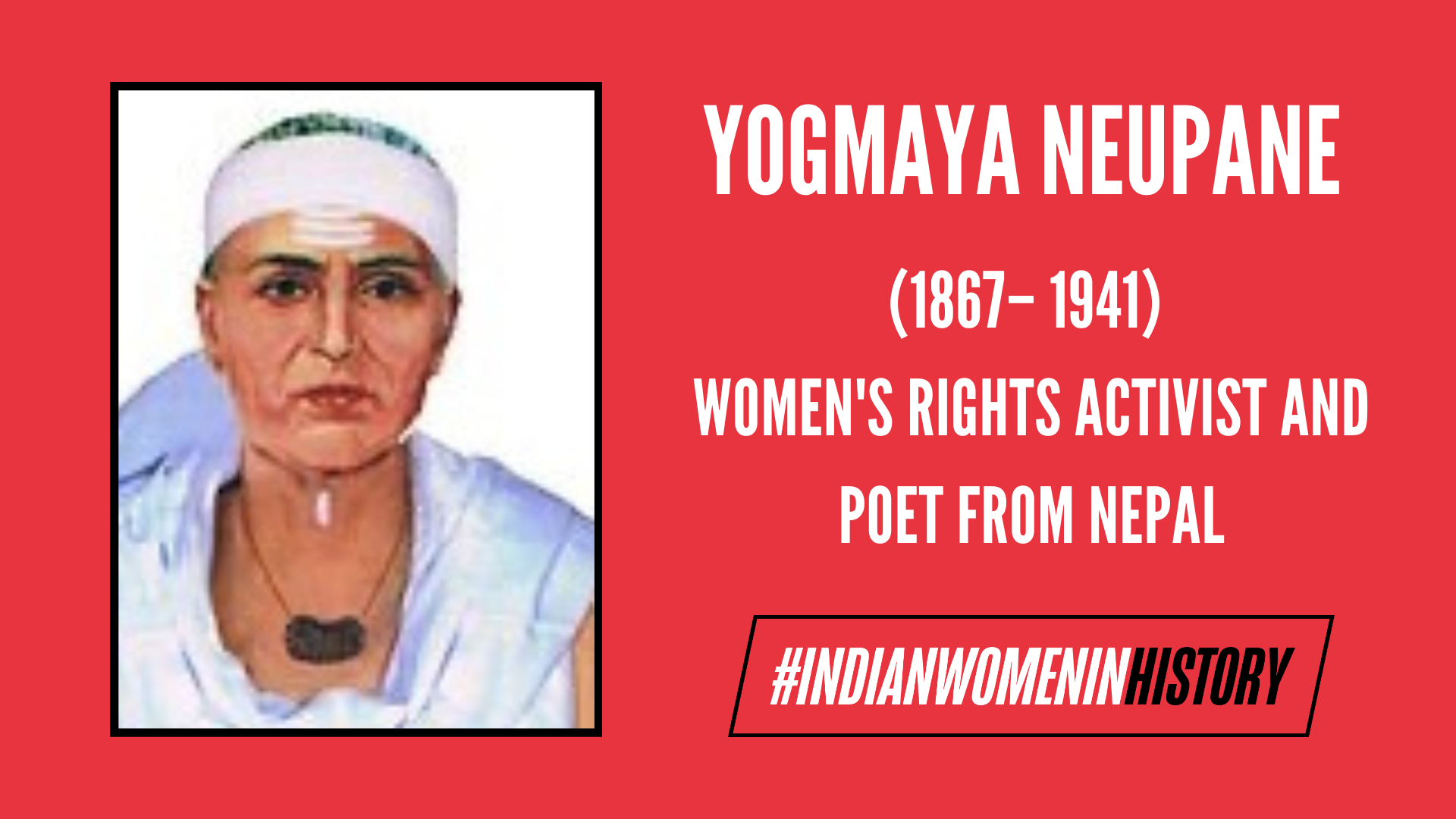How many women in India, that you know of, keep their maiden surname after marriage? Quite a few or, perhaps, none at all. How many women in India have risen as leaders, shaping their own rights? Through a research report in 2024, the percentage of women in politics and leadership in the national legislative body of India, i.e., the Parliament, was revealed to be short of 17% each in both the houses. This is the present-day data, but it does not seem to differ much from that of centuries ago.
Indian politics, whether it be ancient, medieval or modern, has always been male-dominated. Every once in a while, students across India would be taught about Rani Laxmibai of Jhansi, Kasturba Gandhi, Indira Gandhi and a few more popular figures from mostly independence or post-independence era. The erasure of female rulers from educational curriculums, shaping them as “exceptions to the norm” of great male rulers, have continued to reinforce gendered historical narratives and diminished the recognition of women’s contributions to shaping the Indian history.
There are names which haven’t made it to the textbooks, there are names with very little information, there are names which have been completely erased from history. But She lived. She was a sovereign, She was a Queen regent, She had power. She was Prabhavati Devi Gupta.
Navigating patriarchy: life as a woman in the Gupta empire
The Gupta rule, dating back to 320-550 CE, is best known as the Golden Age of India. When one reads about the period, they read about the founders, their glory, administration, culture, political influence, etc. Titles like ‘Napoleon of India‘, ‘Maharajadhiraja (King of Kings)‘ were adopted and bestowed upon the male rulers of this period. Women of the Gupta period, however, did not enjoy the same glory. Despite the ‘Golden Age’, they saw a decline in their public and political roles as compared to pre-Gupta periods. The presence of women became increasingly confined to private or domestic sphere as patriarchal social norm reinforced male authority and restricted autonomy.
As far as education went, elite women were “allowed” to learn music, dance, art, which often depicted women to be embodiments of grace, virtue and domesticity. Marriage in the Gupta period, especially among the elites, signified political alliances. Young girls were married off to male rulers or crown princes. Widow remarriages were frowned upon and Sati had become more prominent with ideals of chastity and obedience strongly encouraged. Historian A.S. Altekar notes that women have largely existed as a male figure’s daughter, wife, mother or widow, with Manusmriti dictating strict patriarchal norms.
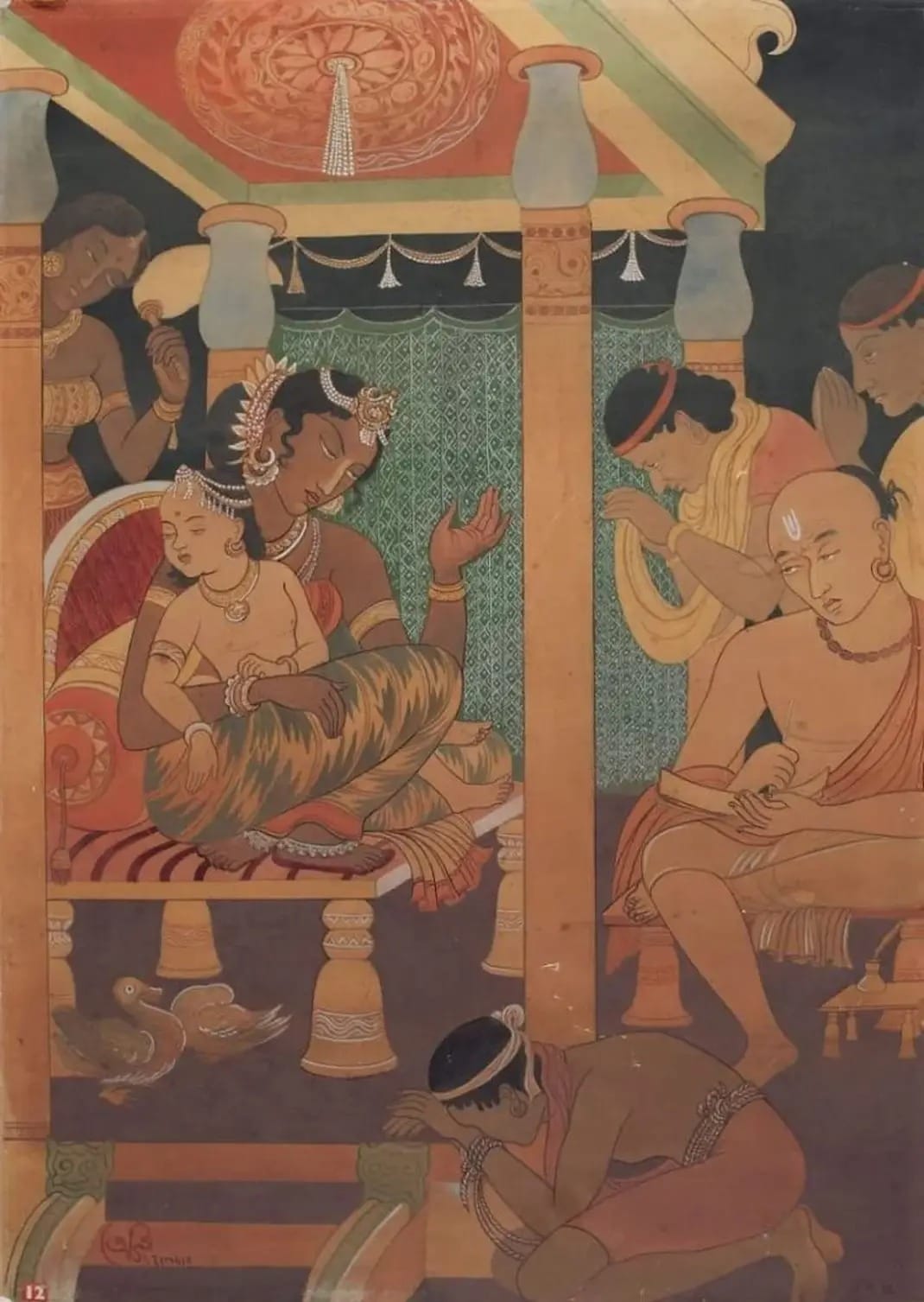
Such was the milieu of women where Prabhavati Devi Gupta was born.
Tradition and authority: who gets to keep their identity?
Prabhavati Devi Gupta was born to Kubernaga, a Naga princess and Chadragupta II, a Gupta emperor. Not much is known about her nor written about before her marriage to the Vakataka King, Rudrasena II. She was most likely in her teens considering the norm of early marriages seen in this period. Marriages, as mentioned earlier, were more or less done to form political alliances. The Vakatakas were emerging as a threat to the Gupta Empire and hence to deflect that threat, Chadragupta II had proposed her marriage to Rudrasena II.
Intrestingly, Prabhavati Gupta did not give up her maiden surname post marriage, as given in historical accounts. She had continued to identify herself with her Gupta lineage. Such an act of defying gendered norm was uncommon or even unheard of, where she was no one’s wife but belonged to herself.
Intrestingly, Prabhavati Gupta did not give up her maiden surname post marriage, as given in historical accounts. She had continued to identify herself with her Gupta lineage.
Throughout the trajectory of her reign, she repeatedly identifies herself with her natal family. This is evident through her copper seal inscriptions where she asserted her lineage and Gupta influence by mentioning her Gotra (clan/lineage) to be Dharana, the gotra of the Guptas. By doing so, it is believed that she had asserted her authority as a Queen of her own right, rather than being just a consort or regent.
A queen is born: rise to the throne
Few years into the marriage came her husband’s sudden demise. With her sons being minors at the time, Prabhavati Gupta rose to the throne, marking the beginning of her nearly two decade long reign as the Queen Regent of Maitrika Dynasty. From the little that we know about her, we cannot say how the kingdom might have reacted to such a transition of power, but there are a few evidences which offer a glimpse about her glorious reign, largely documented through inscriptions.
Prabhavati Gupta is perceived as a political and statecraft mastermind by historians. She had maintained stability continuity of the kingdom post her husband’s demise while also ensuring no threats to the succession of her sons. She was a highly skilled diplomat who balanced external and internal affairs of her kingdom. One important aspect of her rule was the blend of Gupta and Maitraka traditions of culture, worship, religion etc. Vallabhi, the capital of Maitrika Dynasty strengthened its status as centre of learning and religious activity under Prabhavati Gupta’s reign.
Though the detailed accounts of her reign are scattered, it would not be wrong to say that her governance was effective, given the fact that she ruled for more than a decade in a deeply patriarchal setting.
Gendered constraints and negotiating gender norms
Despite her effective governance, Prabhavati Gupta’s sovereignty was shaped by the gendered constraints of her time. Indian Historian Romila Thapar, in The Penguin History of Early India, notes that women regents often worked alongside male ministers who handled military and fiscal duties. This, of course, is not just about Prabhavati Gupta, but it is a broader presentation of how female sovereignty was negotiated within patriarchal frameworks. To add to the issue, her official regency formally ended when her sons came of age.
History has never been kind to the legacies of women. There are poems about their beauty, grace and everything physical, but rarely do we see history recognising women’s authority and feat.
History has never been kind to the legacies of women. There are poems about their beauty, grace and everything physical, but rarely do we see history recognising women’s authority and feat. This gender bias in history is why there are very little source to refer to when learning about female personalities of the past, they were often downplayed or omitted. Patriarchal biases have shaped the way history preserves and values women’s political contributions. If it had not been for the inscriptions, we might’ve been unsuccessful in reconstructing the legacies of queens like Prabhavati Devi Gupta.
In retrospect
No female authority comes without challenge from patriarchal society and perhaps, Prabhavati Devi Gupta’s reign as Queen Regent of Maitrika Dynasty is the embodiment of it. Her conscious assertion of her natal Gupta lineage challenged the typical gendered expectations of her time, which often defined women’s status and power through their husbands.
Her story is an excellent example of when the female agency trumps patriarchy. She exercised political authority, influenced decision-making, and maintained dynastic continuity despite the gendered constrains imposed on her. Recognising female agency in history becomes important in such instances because women’s roles went beyond traditional stereotypes and their contributions to political, social, and cultural life should be acknowledged.
While it is important to acknowledge that she came from a certain point of privilege, it does not diminish her contribution and legacy. Although historical narratives have often overlooked her contributions, the epigraphic evidence preserves her legacy as a capable and influential ruler of her time. Her reign highlights the intersection of power and gender. The history which views women as passive and invisible is deeply challenged when one reads about female figures like Prabhavati Devi Gupta.
About the author(s)
Mema is currently a Master's student at South Asian University (SAU). Hailing from Manipur, her lived experiences there have shaped a deep commitment to the feminist cause. She cares deeply about women and their future, which she tries to convey with her writing. She finds joy in reading, writing and cooking.

